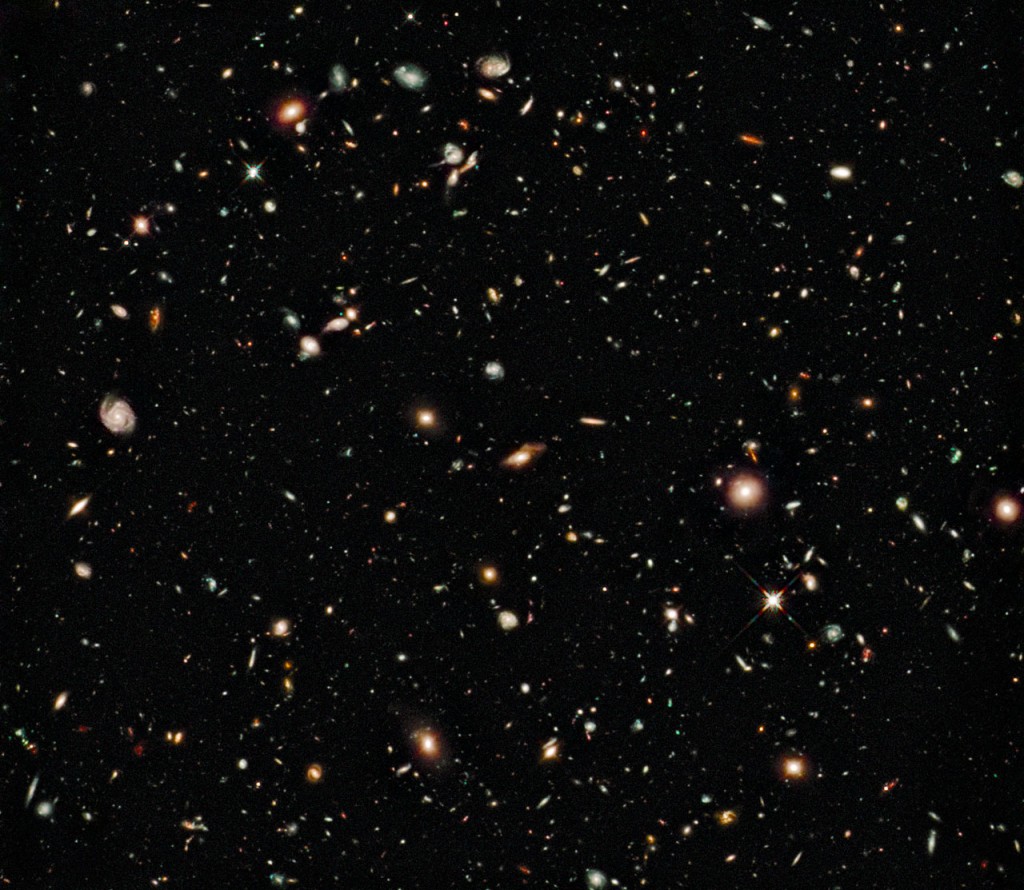Hubble Goes Even Deeper
Sure it’s pretty, and sure it boggles the mind, but maybe the most astonishing thing about the Hubble Deep Field image is that some scientists were initially against it. To quote from an article in our August/September 1996 issue:For Robert Williams, using the Hubble Space Telescope to peer deeply…

Sure it's pretty, and sure it boggles the mind, but maybe the most astonishing thing about the Hubble Deep Field image is that some scientists were initially against it. To quote from an article in our August/September 1996 issue:
For Robert Williams, using the Hubble Space Telescope to peer deeply into the universe back to its horizon was a "no-brainer," an experiment that somebody had to do sooner or later. Point the space telescope at an apparently empty patch of sky, take a long exposure, and see what turns up. When Williams first proposed the idea, though, not everyone was bowled over. "There were a lot of people who criticized it," he says. "They thought it might not yield very many scientific returns, and that the time could be used better."In fact, the HDF, as it's known, is one of the most widely used images in modern astronomy, and has generated hundreds of follow-up studies. A successor, the Hubble Ultra-Deep Field, was taken in 2003-2004, and was the deepest (most sensitive) photo ever taken of the universe.
As director of the Space Telescope Science Institute (STScI) in Baltimore, which administers the operation of the Hubble, Williams had the right to claim a small percentage of Hubble's viewing time for his own projects. To be fair, though, he asked an outside panel to decide if his idea had merit. He never doubted the answer would be yes. "To me it was the compelling thing to do," he says. His hunch proved well founded. The image that he generated last December , known as the Hubble Deep Field, has revealed a timeline of ever fainter galaxies stretching back to the universe's beginnings.
Until now. Hubble's new Wide Field Camera 3, installed by shuttle astronauts last May, took this even deeper near-infrared photo during a four-day period in August, with a total exposure time of 48 hours. The faintest and reddest objects in the HUDF09 image are thought to be the oldest galaxies ever identified, dating from just 600 million to 900 million years after the Big Bang.
Read about the image and see a higher-resolution version here.